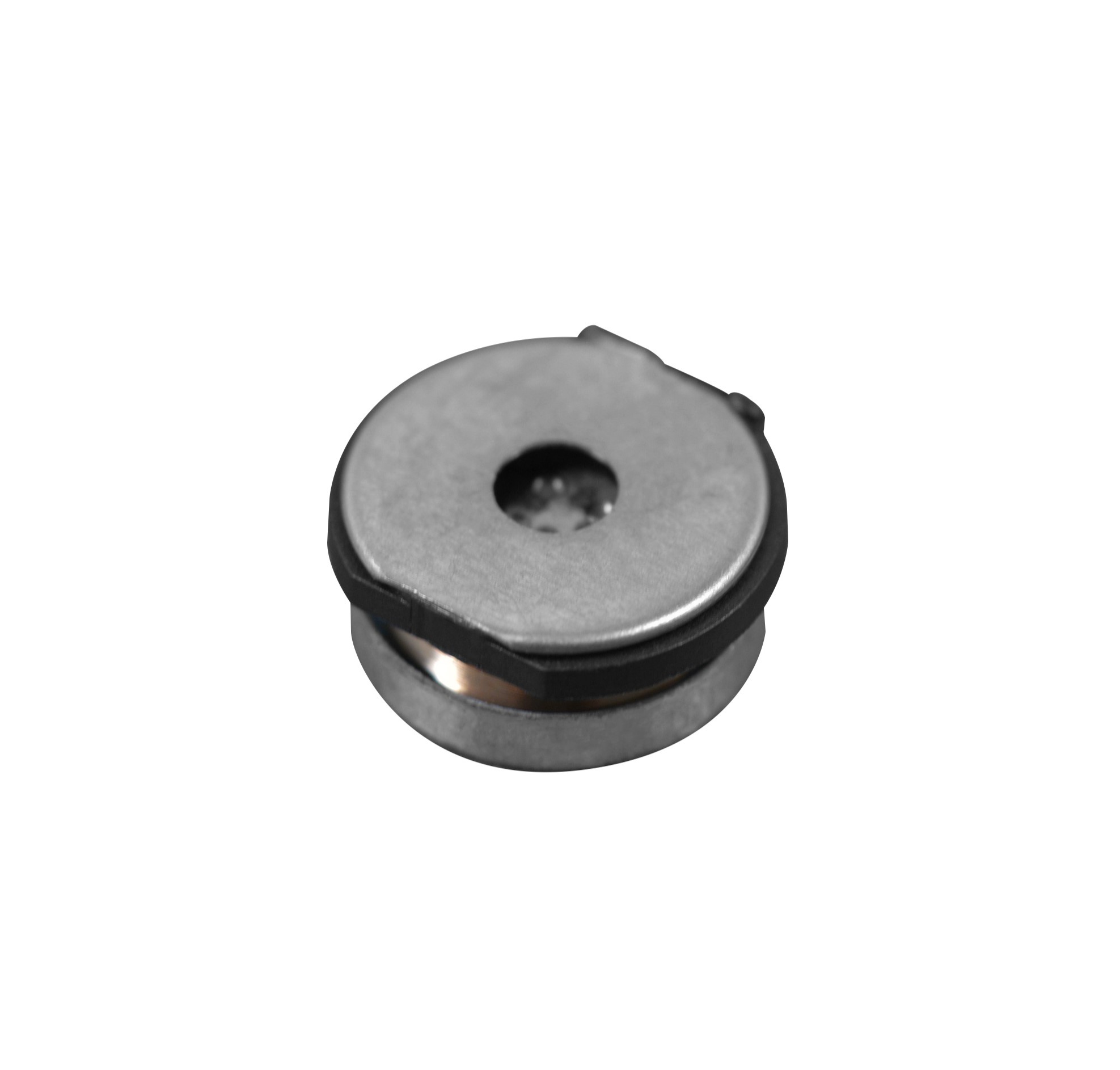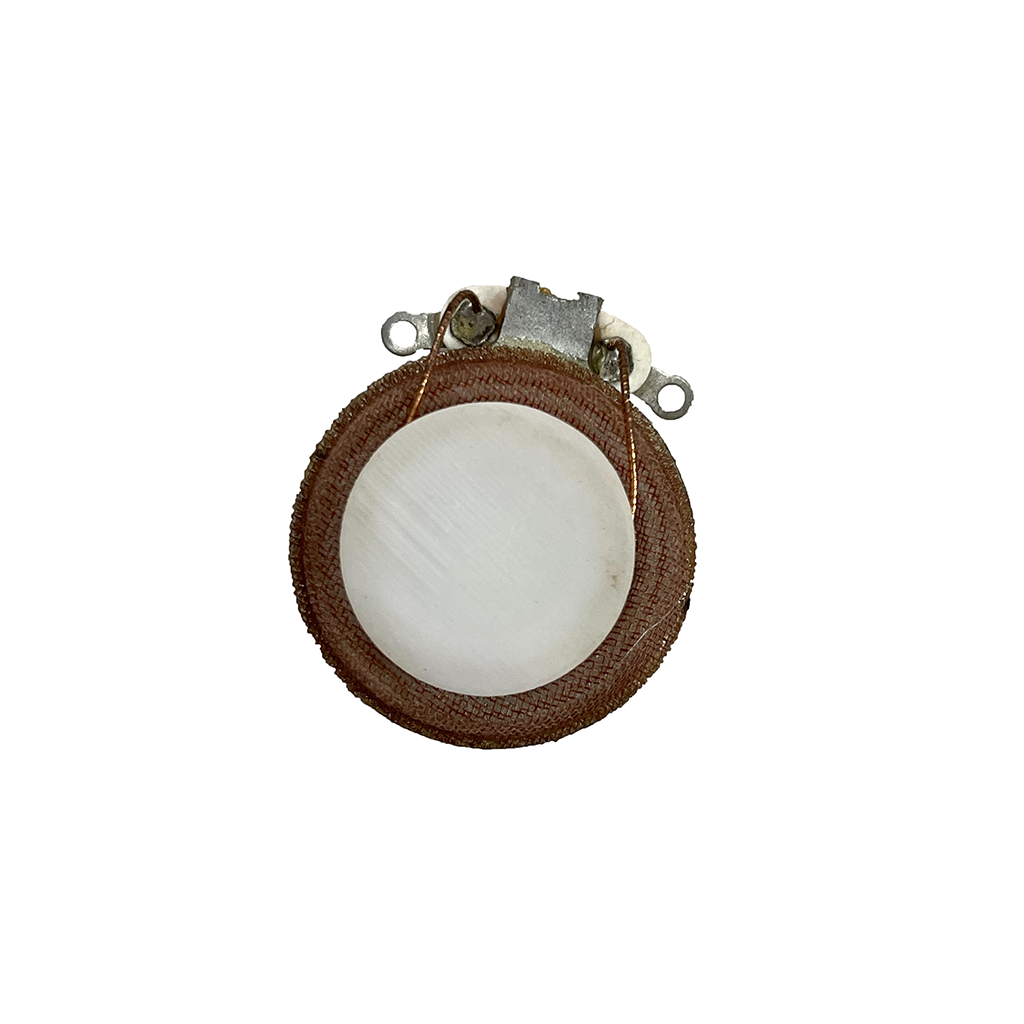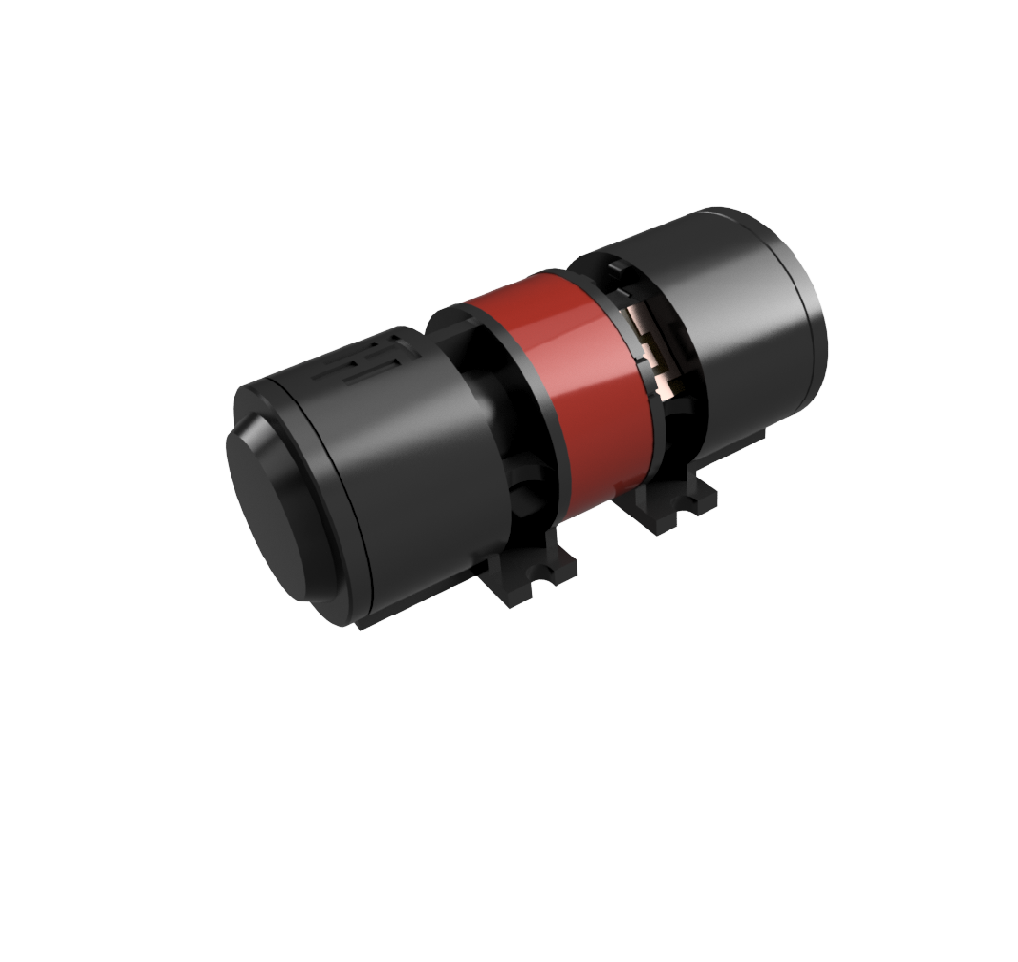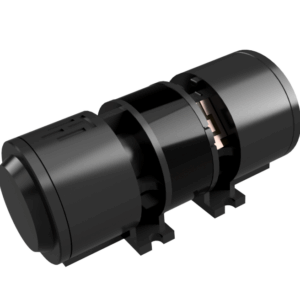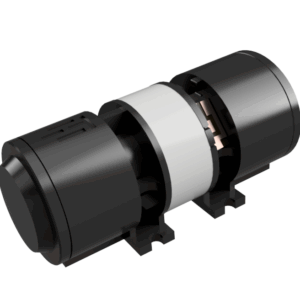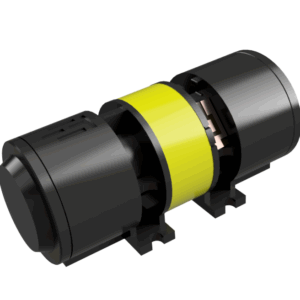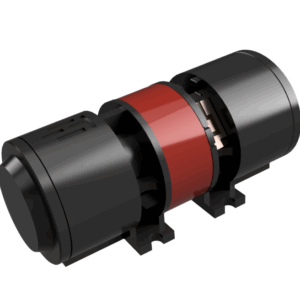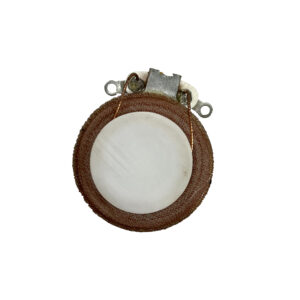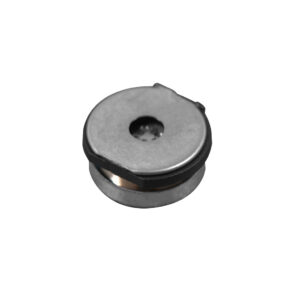
Actuator
Contrary to traditional speaker that transmit sound through airborne vibration in air, a bone conduction speaker directly vibrates the surface of human born and tissue. In this method, a transducer converts audio data to vibrations, which travel along the user’s bone structure to the cochlea, an inner ear structure that transmits the information along the auditory nerve as a signal to the brain.
In this way, the sound is structure-borne and transmits through the air. Due to this nature, the speaker is often used in wearables that have the speakers fit against the ear, such as earphones or glasses. The product features waterproof and transparent awareness about the surrounding environment.
Another kind of speaker that involves structure-born vibration is called exciter speaker This is sometimes termed as vibration speaker or shaker. Similar to bone conduction actuators, the speaker functions by vibrating a rigid surface that got taped or screwed on to create airborne sound. Importantly, the chosen surface then acts as a speaker diaphragm to propagate sound via air.
Vibration speakers made of materials with higher magnetic flux density, lower electrical resistance, higher thermal conductivity, and higher durability provide better performance.
Some of the applications where these speakers are used are: Home theater and multi-room audio where visibility is a concern; Retail product displays, advertising signage or multimedia exhibits; Doors, ceiling panels, windows, projection screens and other surfaces that can be vibrated.
Finally, a very special, motor-like category is called electromagnetic linear vibration actuator (ELVA), intended for vibration testing, modal analysis, or haptic feedback.
Read more
Featured Products
-
- Vibrotactile Haptic Motor
TITAN Drake HF
- Datasheet Selection Guide Tech Notes Reference Design
- Read more
-
- Vibrotactile Haptic Motor
TITAN Drake MF
- Datasheet Selection Guide Tech Notes Reference Design
- Read more
-
- Vibrotactile Haptic Motor
TITAN Drake LF
- Datasheet Selection Guide Tech Notes Reference Design
- Read more

